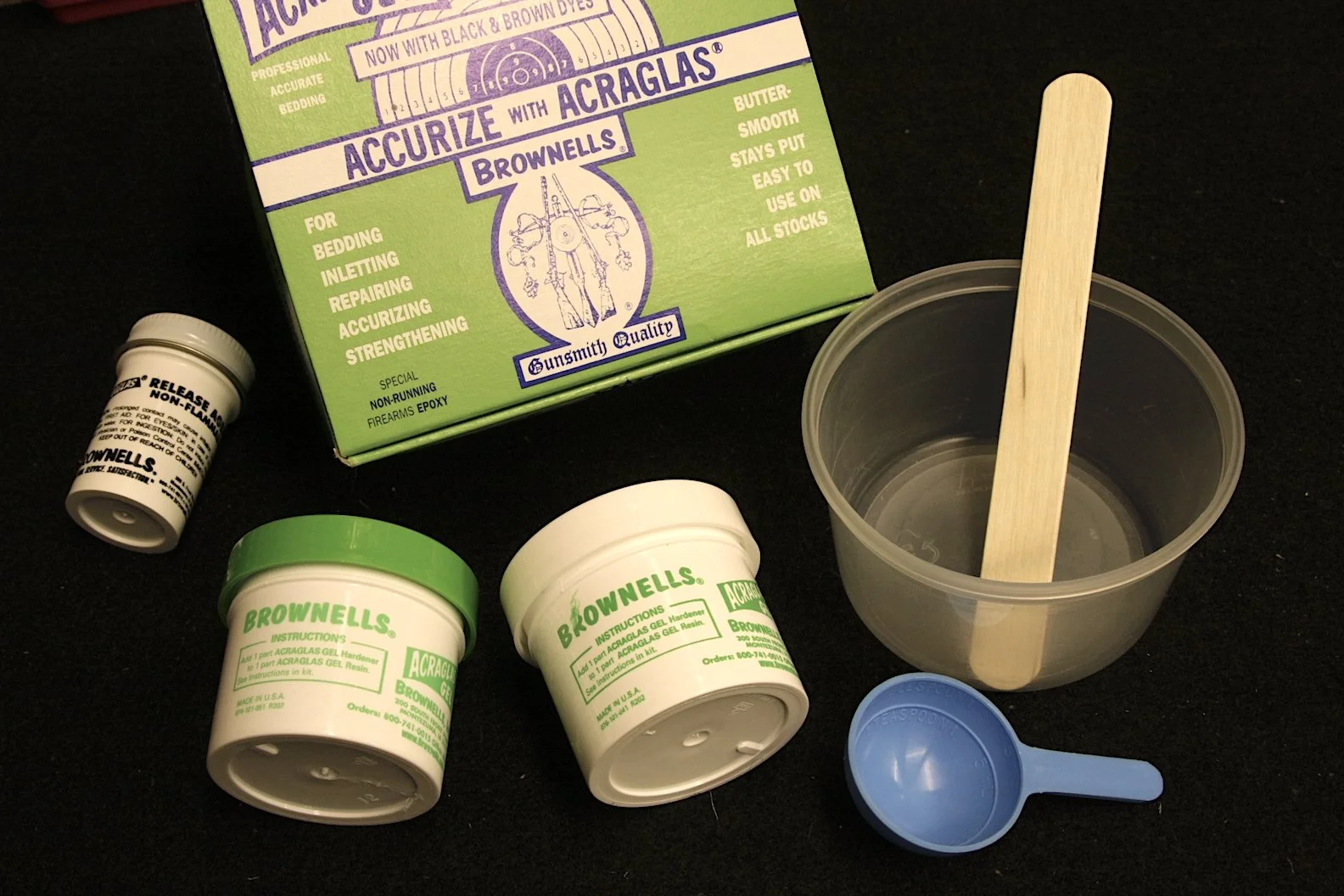New Stock, Better Rifle
In my experience, way too many hunters don’t realize their rifles are not a one-piece tool. You can change or replace triggers, barrels, and stocks to change your rifle’s performance and versatility.
Of the three, the stock is probably the easiest to change. And it does the most to increase versatility. As the video here shows, you can convert an adult-sized rifle to a youth-sized rifle in a few minutes using nothing more than a screwdriver.
Don’t underestimate the value of this. A rifle stock that fits the shooter’s body size (Length-of-pull primarily) helps that shooter acquire targets more quickly, operate the safety, aim more precisely, and shoot with less felt recoil. It can save you money too.
While Boyd’s laminated wood stock might sell for $175, that’s a lot less than even an inexpensive new bolt action rifle for $500. Screw on the youth-sized stock, and your “family” rifle is perfect for starting the kids or grandkids. They’ll learn gun safety, handling, and shooting proficiency quickly. Let them use it in your state’s Early Youth deer season. Or during the winter coyote season. Then, when Mom is ready to get her deer, screw on whichever stock fits her best. It might be the kid’s stock; it might be Dad’s.
Some shooters like to try or work with different stock designs, too. Perhaps a heavy, varmint-style stock to soften recoil or a wide, flat fore-end to stabilize better on sandbags. Some like a thumbhole stock or one with a higher comb than the original. Boyds offers competition, PRS-style stocks with adjustable LOP and Combs, too.
Brutal conditions are another reason many buy a Boyd’s laminated stock. They drag the durable laminate through the mud, blood, and woods, saving the fancy walnut original stock for resale value, esthetic appreciation, target shooting, or fair weather hunting, less likely to scratch and dent. Some simply prefer the look or feel of wood over synthetics.
Accuracy Enhancing Tricks
While accuracy usually remains the same stock to stock, sometimes there are issues. The most obvious is a stock that touches the barrel with variable pressure. Most replacement stocks come with enough channel space to float the barrel. If yours doesn’t, sand it clear. I wrap sandpaper around a dowel rod of appropriate diameter for this work. Go easy and test often.
If a floated barrel proves inaccurate, try giving it fore-end tip pressure. Most of us do this by inserting card stock (piece of breakfast food packaging or a business card, maybe aluminum shims from a cut soda can) between the stock and barrel right at the stock’s end. Pinch as much or as little as needed to improve accuracy. When your layers of pressure spacers are perfect, leave them alone or consider epoxying them in place. Or just build up a short-pressure bed of epoxy to match the height. You can always sand it down to get the perfect fit/accuracy.
I almost always add waterproof finish to the insides of my wood stocks, too. Several coats of a good, tough treatment like tung oil, linseed oil, etc.
A final option is full-length bedding with Brownell’s AcraGlas. This is an epoxy mixture you coat the barrel channel with. Put it under the receiver rings and around the recoil lug, too. Follow directions carefully and use the release agent (coating of the steel parts) to prevent epoxy from locking to the barreled action and bedding screws. Done right, a bedding like this can stiffen the barrel in the stock and improve accuracy. If it doesn’t, you can always sand it away to float the barrel or leave the tip pressure point. Meanwhile the remaining epoxy strengthens the stock and pretty much waterproofs it.
Boyds is online at boydsgunstocks.com




